Miguel Rincón - Libros De Laud: Musical Footprints in Colombina (2014)
Artist: Miguel Rincón
Title Of Album: Libros De Laud: Musical Footprints in Colombina
Year Of Release: 2014
Label: Lindoro / NL-3024
Genre: Claassical
Quality: FLAC
Total Time: 58:30 min
Total Size: 190 MB
WebSite:
Tracklist:
[01] Pavana alla ferrarese. [B 15082] (01’33’’) Joan Ambrosio Dalza
[02] Saltarello. [B 15082] (01’18’’)
[03] Piva. [B 15082] (01’07’’)
[04] Prelude (fol. 5v). [B 15293] (01’45’’) Pierre Attaingnant
[05] Il me suffit [Claudin de Sermisy]. [B 15293] (02’13’’)
[06] Galliard (fol. 29v). [B 15302] (01’01’’)
[07] Recercare (fol. 47). [B 15072] (01’46’’) Francesco Spinaccino
[08] Basse danse [“La Spagna”]. [B 15071] (03’58’’)
[09] Calata ala spagnola (fol. 47v). [B 15072] (01’22’’) Joan Ambrosio Dalza
[10] Prelude (fol. 3v). [B 15293] (02’46’’) Pierre Attaingnant
[11] Branle gay (fol. 15). [B 15302] (01’20’’)
[12] Recercare (fol. 8). [B 15082] (01’15’) Joan Ambrosio Dalza
[13] Tresorière [de plaisir amoureux]. [B 15293] (01’32’’) Pierre Attaingnant
[14] Weg wart dein art . [B 15121] (01’11’’) Arnolt Schlick
[15] Ricercare (fol. 39). [B 15071] (01’13’’) Francesco Spinaccino
[16] La Bernardina de Josquin. [B 15071] (02’04’’)
[17] Calata ala Spagnola ditto terzetti. [B 15082] (02’16’’) Joan Ambrosio Dalza
[18] Laudate dio. [B 15082] (01’40’’)
[19] Calata ditto zigonze. [B 15082] (02’30’’)
[20] Fortune laisse moy la vye. [B 15293] (02’08’’) Pierre Attaingnant
[21] Branle gay (fol. 15v). [B 15302] (00’50’’)
[22] Sauterelle (fol. 23v). [B 15302] (01’04’’)
[23] Recercare di tutti li toni. [B 15071] (03’40’’) Francesco Spinaccino
[24] La jouissance [Claudin de Sermisy]. [B 15293] (01’59’’) Pierre Attaingnant
[25] Recercare (fol. 7). [B 15082] (01’34’’) Joan Ambrosio Dalza
[26] Poi chel ciel contrario adverso. [Bartolomeo Tromboncino] [B 15082] (03’58’)
[27] All ding mit radt [B 15121] (02’41’’) Arnolt Schlick
[28] Nunquam fuit pena maior. [Juan de Urreda] [B 15071] (03’57’’) Francesco Spinaccino
[29] Caldibi castigliano. [B 15082] (01’36’’) Joan Ambrosio Dalza
The present CD is the first of an open series of disc recordings which we hope will be wide and diverse. I have named it Musical Footprints in the Biblioteca Colombina, Hernando Colon’s Library. Hernando Colon (1488-1539), second son to the discoverer Christopher Columbus, was educated in court, and became first a page to Prince John, and after his death, to Queen Isabella between 1494 and 1502. There he must have developed his taste for music. Serve as proof of this the fact that in 1509 there were among his belongings
“six notebooks to play which have fortyseven pages, without the blank [paper]..., six notebooks made of paper with songs, have seventy-four written leafs, without the white ones... brass strings for clavichord.”
This must have been a constant pastime throughout his life and it fits his profile of renaissance courtier to perfection. In an inventory list of his belongings made after his death the following item appear: “a cover (paper) which says music for vihuela, clavichord, ... , romances for singing and playing..., a Hapsichord...”. For all this we can consider him a dilettante musician.
Hernando Columbus (or Hernando Colon in Spanish) was an exceptional bibliophile and a cosmographer of renown. He managed to put together an amazing collection of 3.204 etchings, which included works by Albrecht Durer and Lucas van Leyden, and a library which comprised more than 15.000 items. The latter was deposited in the Sevilla Cathedral in 1552 after a long process. In the Colombina Library existed an important section of books of practical music and treatises on theory of the music, printed and handwritten, personally acquired by Hernando during his voyages and through his numerous agents which were established in the main European centres for book printing and commerce. From 1519, Sevilla is Hernando’s habitual residency and in this city he dwelled in the street Clara, in the quarter of San Lorenzo. In 1526, he is already proprietor of another house in the street Armas, in the neighbourhood of San Miguel and, from that date until 1528, he resides in Sevilla in order to supervise the works for the construction of his house in the gate of Goles. In the latter he pursued the habitual practise of the Italian humanists who would live in suburban villas with gardens, where they could enjoy the necessary tranquillity to carry out their work. The façade, in the current style “a lo romano”, was in white Carrara marble and its ornamentation was commisioned to the Genovese carvers Antonio Maria Aprile de Cardona y Antonio de Lanzio, both from Como bishopric. This new residency was to be the location destined to keep his library. The precision of the inventories present in the library have allowed us to know its original wealth as much as its present decimation. From this latter problem the music collection is a sad example. The General Alphabetic Index or Abecedarium B and Supplementum, more concise but complete, with 15.344 entries, and the Registrum B with 4.231, which are described in detail, are the bibliographical repertoire which I have used in order to widen my knowledge of the musical books which formed part of the collection.
“six notebooks to play which have fortyseven pages, without the blank [paper]..., six notebooks made of paper with songs, have seventy-four written leafs, without the white ones... brass strings for clavichord.”
This must have been a constant pastime throughout his life and it fits his profile of renaissance courtier to perfection. In an inventory list of his belongings made after his death the following item appear: “a cover (paper) which says music for vihuela, clavichord, ... , romances for singing and playing..., a Hapsichord...”. For all this we can consider him a dilettante musician.
Hernando Columbus (or Hernando Colon in Spanish) was an exceptional bibliophile and a cosmographer of renown. He managed to put together an amazing collection of 3.204 etchings, which included works by Albrecht Durer and Lucas van Leyden, and a library which comprised more than 15.000 items. The latter was deposited in the Sevilla Cathedral in 1552 after a long process. In the Colombina Library existed an important section of books of practical music and treatises on theory of the music, printed and handwritten, personally acquired by Hernando during his voyages and through his numerous agents which were established in the main European centres for book printing and commerce. From 1519, Sevilla is Hernando’s habitual residency and in this city he dwelled in the street Clara, in the quarter of San Lorenzo. In 1526, he is already proprietor of another house in the street Armas, in the neighbourhood of San Miguel and, from that date until 1528, he resides in Sevilla in order to supervise the works for the construction of his house in the gate of Goles. In the latter he pursued the habitual practise of the Italian humanists who would live in suburban villas with gardens, where they could enjoy the necessary tranquillity to carry out their work. The façade, in the current style “a lo romano”, was in white Carrara marble and its ornamentation was commisioned to the Genovese carvers Antonio Maria Aprile de Cardona y Antonio de Lanzio, both from Como bishopric. This new residency was to be the location destined to keep his library. The precision of the inventories present in the library have allowed us to know its original wealth as much as its present decimation. From this latter problem the music collection is a sad example. The General Alphabetic Index or Abecedarium B and Supplementum, more concise but complete, with 15.344 entries, and the Registrum B with 4.231, which are described in detail, are the bibliographical repertoire which I have used in order to widen my knowledge of the musical books which formed part of the collection.
or
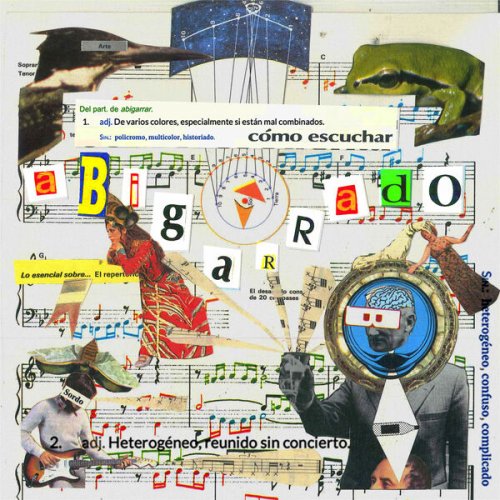
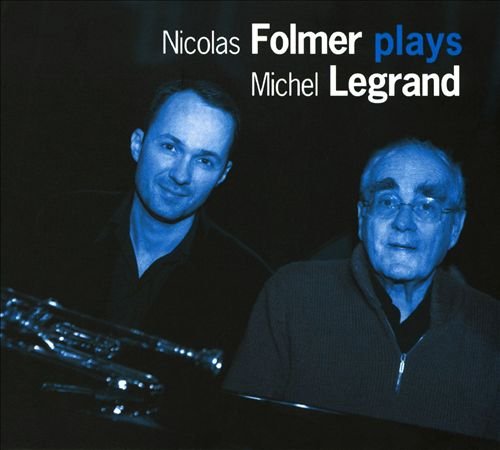
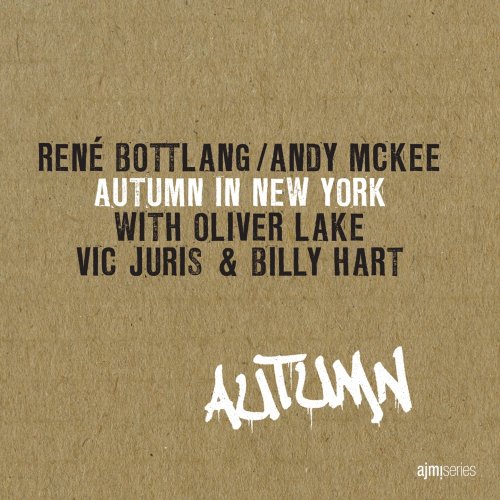

![Max Buettner - Reconnect (2025) [Hi-Res] Max Buettner - Reconnect (2025) [Hi-Res]](https://www.dibpic.com/uploads/posts/2025-12/1766910938_cover.jpg)
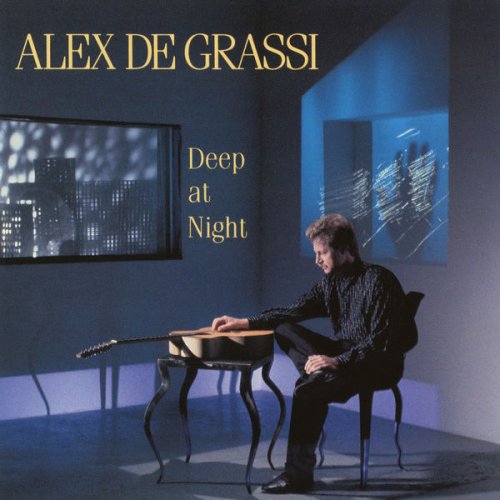

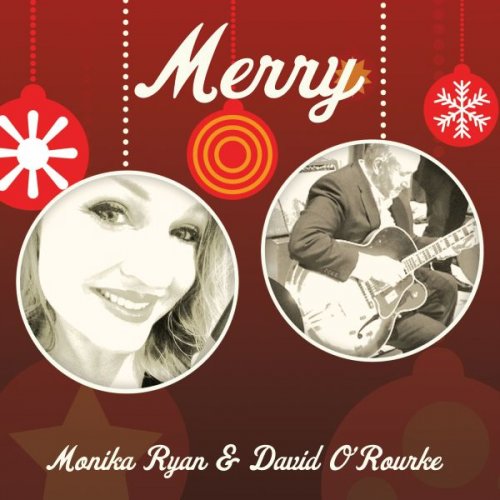
![Johnny Janis - Playboy Presents... Once In a Blue Moon (2015) [Hi-Res] Johnny Janis - Playboy Presents... Once In a Blue Moon (2015) [Hi-Res]](https://img.israbox.com/img/2025-12/29/hpechfkz7kpvyn01p0qdae2u4.jpg)